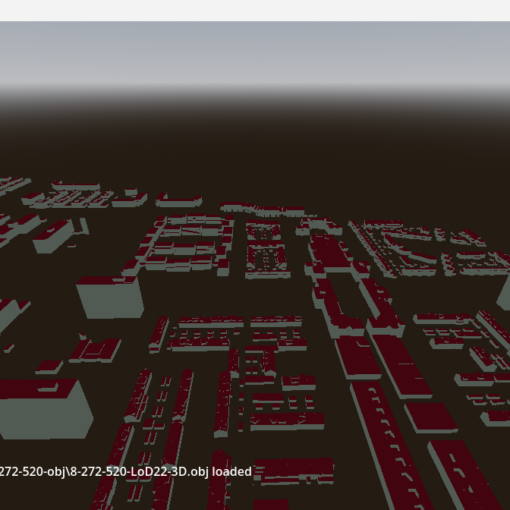With a move coming up I started thinking about network requirements for the new house. Based upon past experience and future plans, I arrived at the following set of requirements, in no particular order:
- Wireguard VPN
- Single ecosystem with everything administered through a single interface. That’s also why I don’t want something like OPNSense as separate firewall.
- Local controller as I don’t want to depend on a cloud service
- VLAN support for separating work, private, and untrusted devices
- 2.5 Gbps and possibly 10 Gbps support for some ports
- Affordable, i.e. prosumer/small office – home office hardware
The list op vendors that tick all the boxes is surprisingly small.
- AVM are quite popularly but essentially limited to consumer applications. They don’t sell switches and are limited to two VLANs (home and guest). I also don’t need modem functionality as this will be provided by my ISP.
- HPE Aruba sell switches and access points, but the switches and gateways are expensive and don’t seem to be aimed at the SOHO market.
- Ubiquiti are a well-known brand and offer several suitable options.
- TP-Link Omada is another options with a wide range of products and various price points.
- Netgear offer the full range of products in their Pro range, but these are relatively expensive and there’s only a single router option.
- I briefly looked at OpenWRT and OpenWISP. I’m a big fan of open source software, but here the DIY level was a bit too high for me.
Ubiquiti makes slick-looking products, but I find the choice of switches lacking. They are all rack-sized and there are no 8-port or affordable 2.5 Gbps options. They also have somewhat of a reputation of poor support and updates that tend to break things. So TP-Link’s Omada range seemed to be the most sensible choice. My TP-Link Archer router/access point has been performing flawlessly for several years now.
My choice fell upon the following products:
- Router: TL-ER7412-M2. This is a recent introduction with two 2.5 Gbps ports and 10 1 Gbps ports, two of them SFP (not SFP+, unfortunately). The large number of ports means that I don’t need a separate switch next to the router. SFP+ could be added via the MC420L media converter. If 10GB is a requirement, the ER8411 would be an option.
- Switches: TL-SG2310X-M2. This is a managed switch with eight 2.5 Gbps ports and two 10 Gbps SFP+ slots. While twice the price of the unmanaged equivalent (TL-SG108-M2), this model offer full VLAN capability, and the SFP+ slots would make it possible to use fiber as backbone or hook up two 10 Gbps devices. A version with PoE support is available.
- Access points: EAP650. This is one of the cheaper Wifi 6 options. I don’t have any Wifi 7 devices (yet), I use cabled connections where speed really counts, and these have lower power consumption than the faster Wifi 6 or Wifi 7 options. This is important for a device that is going to run 24/7.
- Controller. While there’s a cheap hardware controller available (OC200), I’m going to run the software controller on my Minisforum UN100P.




